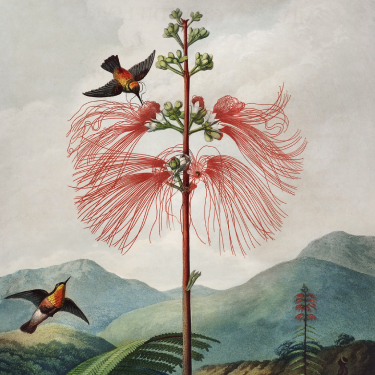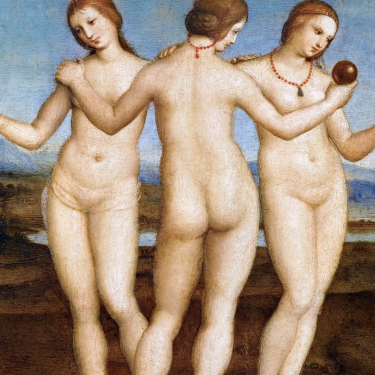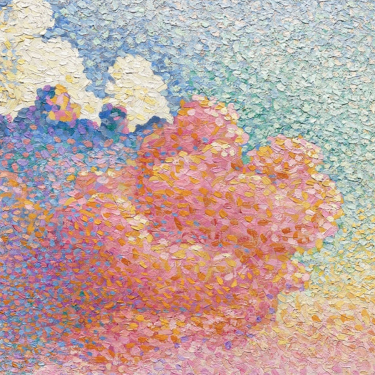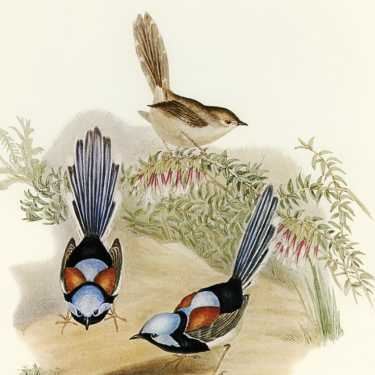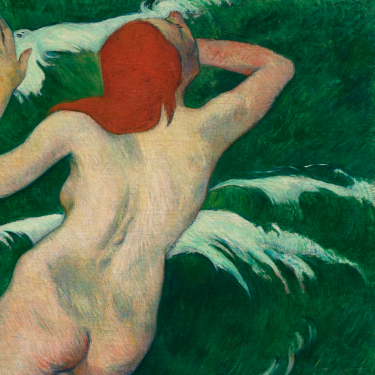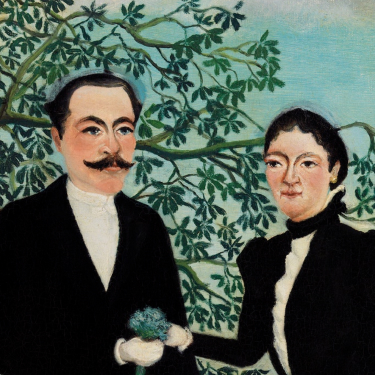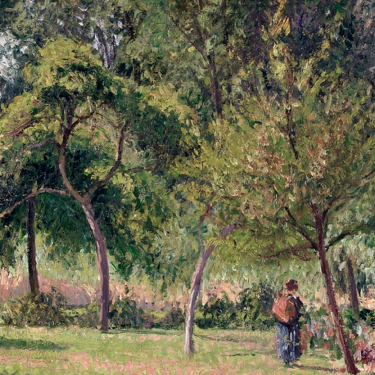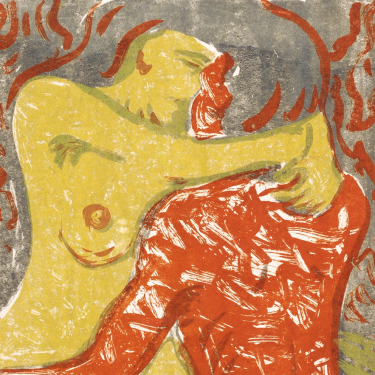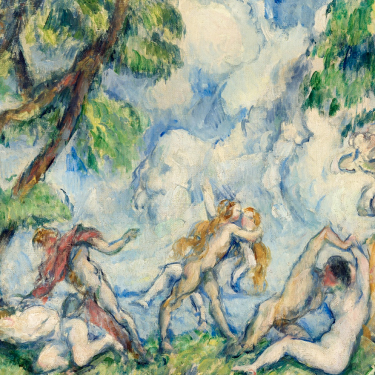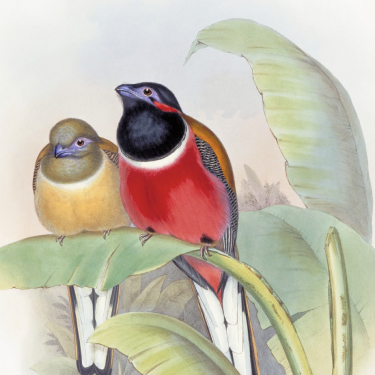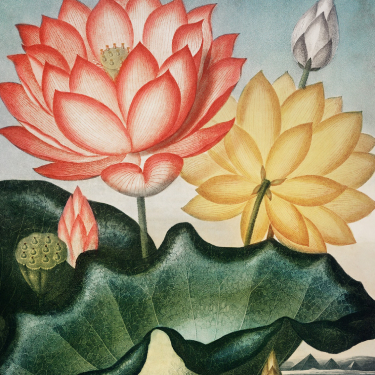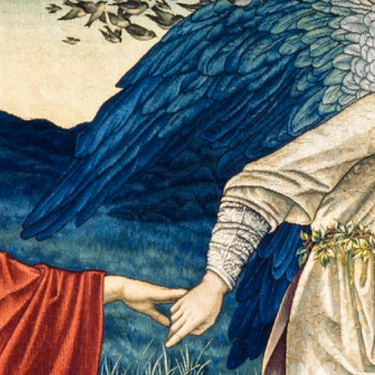The Magician
LOVE
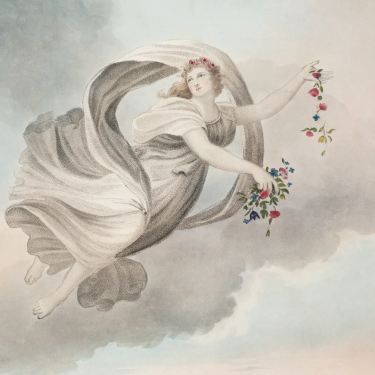
TDCF
Quick definition
Love to be in love. Desire shared lives with their partners. Confident and steady in love with a strong sense of self. Seek thrills and excitement in romance.
Find your score on over 100 traits on Dimensional.
Download
Description
TDCFs stand out for their ability to blend an interdependent approach to relationships with a dreamy, yet centered disposition. Their enthusiasm for life is infectious, often seeking partners who mirror their desire for a shared, adventurous journey. In love, they are not just seeking a partner but a co-dreamer—someone to build a life with that is rich in shared experiences and mutual aspirations. This archetype tends to approach relationships with an open heart, ready to merge their dreams with those of their partner, creating a unified vision for the future.
During the dating phase, TDCFs are captivated by the potential of what a relationship can become, often diving deep into the realm of shared experiences and dreams from the outset. They are adept at fostering an environment of mutual excitement and exploration, making their partners feel deeply connected to the shared journey ahead. In long-term relationships, the challenge for TDCFs lies in maintaining the initial spark of shared dreams while navigating the realities of daily life. They thrive in relationships where both partners are committed to keeping the dream alive, continually finding new adventures and goals to pursue together.
Opposite type
TDCFs are the opposites of IPAEs.
Desires
- To share a deep, meaningful journey with their partner.
- Mutual enthusiasm for life and love.
- A partner who embraces shared dreams and goals.
- Continual growth and exploration within the relationship.
Fears
- Losing the shared vision and excitement in the relationship.
- Feeling disconnected from their partner's aspirations.
- The relationship becoming stagnant or routine.
- Their enthusiasm not being reciprocated.
Inner psychology
TDCFs likely grew up in environments where collaboration and shared goals were emphasized, teaching them the value of unity and mutual support from a young age. This background may have instilled in them a deep belief in the power of partnership, shaping their desire for an interdependent relationship model. Their centered nature suggests a stable upbringing or the development of resilience, enabling them to remain optimistic and focused even in the face of relationship challenges. However, their dreamy aspect might also hint at an escapism tendency, using shared dreams as a way to bond and sometimes evade individual issues or differences.
Distribution of user scores
0
25
50
75
100
Other Archetypes in Love
Opposite
In(T)erdependent
(I)ndependent
(D)reamer
(P)ragmatic
(C)entered
(A)nxious
(E)motion & stability
(F)un & stimulation
Strengths
- Collaborative Spirit: Excelling in partnerships, they foster a sense of unity and shared purpose.
- Optimism: Their positive outlook can uplift the relationship, helping to navigate challenges with hope.
- Adaptability: Capable of adjusting their shared dreams as the relationship evolves, ensuring continual growth.
Challenges
- Over-idealization: Risk of disappointment if the shared dreams don't align with reality.
- Dependency: Their desire for an interdependent relationship may lead to over-reliance on their partner for emotional fulfillment.
- Communication: Ensuring that their dreams and those of their partner remain aligned requires constant, open communication.
Traits in an ideal partner
- Shared Enthusiasm: A partner who is equally excited about building a shared life and pursuing mutual dreams.
- Flexibility: Someone who is open to evolving dreams and goals as the relationship grows.
- Supportive: A partner who offers encouragement and is committed to mutual success and happiness.
Advice for healthy relationships
TDCFs should strive to maintain an open line of communication with their partner, ensuring that their shared dreams and goals continue to align as their relationship progresses. It's important to celebrate both the individual and joint achievements, recognizing that personal growth contributes to the relationship's health. Balancing shared dreams with the realities of daily life is crucial; finding joy in the mundane can help keep the relationship grounded. TDCFs should also encourage their partners to pursue individual interests, recognizing that a rich individual life enhances the shared journey.
At their worst
When faced with the potential stagnation of their relationship or a perceived loss of shared enthusiasm, TDCFs can become disillusioned, questioning the foundation of their partnership. They may cling tighter to the dream, ignoring signs of misalignment or growing apart, which can lead to frustration and a feeling of isolation within the relationship.
At their best
At their best, TDCFs are dynamic and inspiring partners, capable of fostering a relationship that is both deeply connected and individually fulfilling. Their enthusiasm and collaborative spirit can lead to a partnership that is continually evolving, filled with shared adventures and mutual growth. By balancing their dreams with a grounded appreciation for the present, TDCFs can create a lasting bond that is as exciting as it is stable, embodying the true spirit of co-dreaming.
